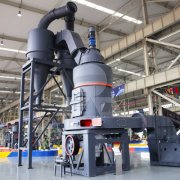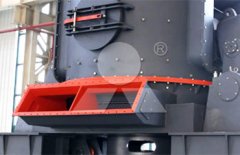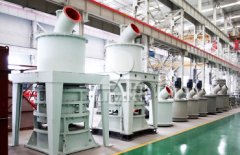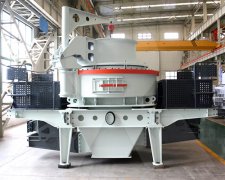Sand sieving limestone sand
Sieving limestone sand is a process used to separate and classify limestone sand particles based on their size. It typically involves passing the limestone sand through a sieve or screen with specific mesh openings to separate the sand into different size fractions.
Limestone sand is a fine-grained sand-like material that is typically produced by crushing limestone rocks into smaller particles. Collect the limestone sand that needs to be sieved and ensure that it is dry and free from any contaminants.
Pour the collected limestone sand onto the top sieve of the stack and start the sieving process. Shake or agitate the sieves to allow the limestone sand particles to pass through the openings in the sieves and collect in the appropriate size fractions on the lower sieves or in collection trays placed beneath the sieves.
After the sieving process is complete, carefully remove each sieve from the stack and collect the limestone sand particles that have passed through the sieve openings. Record the weight or percentage of each size fraction to determine the particle size distribution of the limestone sand. If a more precise particle size distribution is desired, the sieving process can be repeated with different sieves or multiple rounds of sieving to obtain finer size fractions.
Depending on the specific requirements or intended use of the limestone sand, additional steps such as washing or drying the sieved sand may be necessary.




